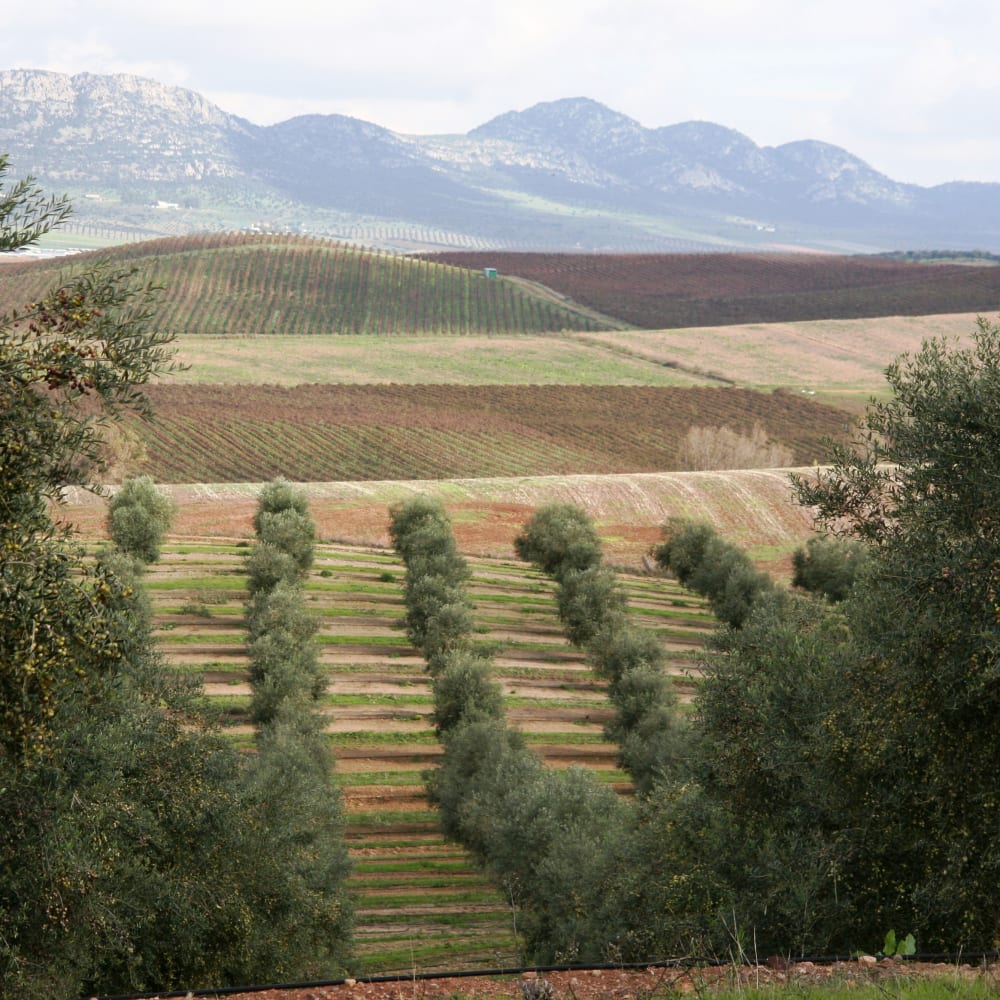Tasting Extra Virgin Olive Oil
January 2004




When explaining the flavors of different olive oils, we find it illuminating to compare them to the world of fine wines. Both wine and olive oil are the juice of fruit. Just as there is no wine which is "the best," so there is no one extra virgin olive oil that is better than all others. The differing properties of individual oil depend on the ripeness of the olives when harvested, how they were kept and how the oil was extracted.
Olive oil is judged by its bouquet and taste alone. Some people have heard that good olive oil is always green. However, the color of the olive oil is never a tasting factor. Professional tasters even use blue glass snifters to disguise the color of the oil so that their judgment will not be affected by the color.
Good flavor is the result of picking healthy fresh fruit at the optimum stage of maturity. The olives should be pressed very soon after picking to maintain the beneficial oleic acids and flavor compounds.
At La Tienda we have selected for you first cold pressed extra virgin oils of the highest quality. It is up to you to decide which one tastes best to your palate.
The way to taste an olive oil is simple: pour a little oil into a small glass or bowl (a sherry glass is actually a perfect oil taster.) Cup the glass from below to warm the oil and cover the top to capture the aromas. After 30 seconds, swirl the oil, then uncover and smell. Close your eyes and you might find aromas of fresh cut hay, artichoke, green apple, banana or tropical fruit.
Take a small sip of the oil. Often the more subtle flavors do not develop for several seconds. You should look for an oil with complexity but no rancid or overly bitter flavors. If you feel a peppery bite at the back of your palate, this is an indication that the oil is fresh and rich in antioxidants.
For a more informal tasting, simply pour a small bowl of olive oil and dip fresh bread into it. And a nice glass of Spanish wine always helps!
Related Articles

